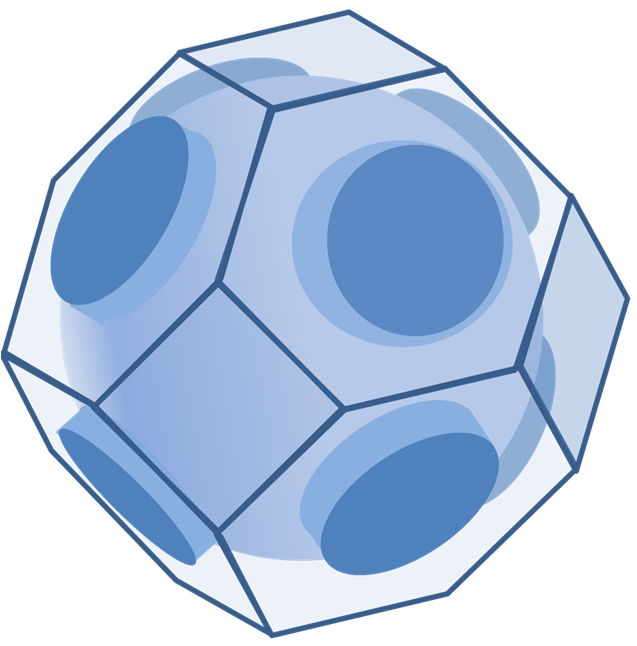Hi all!
For transparency, we are sharing the principles we apply in making the exams for the course. This description by itself will not help you pass the exam: only learning the course materials will help ![]()
Disclaimer: we do not guarantee that we will follow the description below. This information is provided to give a general overview. The course team reserves the right to adjust the topics examined based on the need to test specific aspects of knowledge.
Overall idea
An important overarching principle of our exams: we test that you are able to apply the physical reasoning and conceptual steps that we introduce in the lecture notes and train in the exercises in a somewhat different context. In order to put questions into context we may also ask to relate the problem to other concepts from the course or your prior knowledge.
All the problems have 4-5 subquestions. The earlier questions test the more foundational ideas, and are often closer related to the lecture notes. We do not penalize a wrong starting point in grading (e.g. if you had a wrong result from a previous subquestion), but we will always subtract points for physically unsound results, severe dimensionality errors, etc.
Example exams
Here are two example exams: final exam 2018 (solutions) and final exam 2019 (final_2019_solutions.pdf).
Here are the example minitests:
- Minitest 1 2021 minitest, solutions
- Minitest 2 2020 minitest, solutions
- Minitest 3 2019 minitest, solutions
Additional example exams
We do not provide further practice material. The goal of the exams is to test how the course participants apply the approaches they learn in the course to a new physical problem. Therefore we aim to avoid a situation where the students memorize a collection of possible problems. Publishing more problems would also come with a risk that the exam problems become harder in order to be qualitatively different from what is already available.
Minitest 1
- The Einstein model is essentially a warm-up, so we typically skip it: there isn’t much to test
- Debye model and Sommerfeld model both share the same idea: dispersion + distribution function → energy + heat capacity. The things that may be varied are the dispersion relation, distribution function, and to a lesser extent the observable (say number of particles and not energy). One problem is dedicated to this topic.
- Drude model applies the principle of going: equations of motion → steady state → current/conductivity. The main varied part is the equations of motion.
Minitest 2
- The problem about bonds and molecules is perhaps the most varied. It could be about computing the spectrum of a small molecule, relating spectra to e.g. heat capacity, or considering nonlinearities of the interatomic forces.
- One question is always about the dispersion relation (either LCAO/tight-binding electrons or phonons), typically a variation of the models considered in the lecture, where an element is added. We may also consider constructing a model that corresponds to a given dispersion (with guidance).
Minitest 3
- Crystal structure problem tests the full pipeline: start from a crystal, describe it, and compute the X-ray properties. We will often ask you to relate the results to the lattice properties, or interpret them considering primitive vs non-primitive unit cells.
- Another problem is either about NFEM, or about 2D/3D dispersions (can either ask to compute a dispersion starting from a model, or analyze a given one).
Final exam / retake
Because the final exam and the retake covers most ground, there is also most variation in the topics.
- One problem should typically be about the topics of the first minitest: properties of some dispersion relation.
- One problem from topics of the second minitest: computing the dispersion of a 1D system and its properties.
- One problem from the topics of minitest 3, preferably some combination between crystallography and dispersions, but may be focusing on a single subtopic.
- One problem is always about semiconductors, which typically means some variation of of charge balance, donor ionization, etc. Often this also includes relation to other topics we covered in the course.
Extraordinary oral retake
If a student failed both the final and the retake, but has a sufficiently high score and only misses solid state physics to finish the bachelor degree, the exam committee may allow an additional retake exam. We aim to make the difficulty of this exam match the difficulty of the written exam, but the format is very different.
This is an oral exam, which lasts an hour. There we ask the student to derive the main points of 4 different course topics on a whiteboard. This includes explaining the derivation if necessary, but due to the time constraints we don’t ask to do any intensive computations. Instead we evaluate whether the student has the skill and understanding required to perform those. Unlike the written exam, notes and the book are not allowed.
We aim to make the oral exam as close in its level as we can to the written exams. Therefore if we conclude based on your performance that you would not have passed a written exam on that same day, you will fail the oral exam. This means that your preparation for the oral exam should be significantly better than it was for the preceding written exams.
